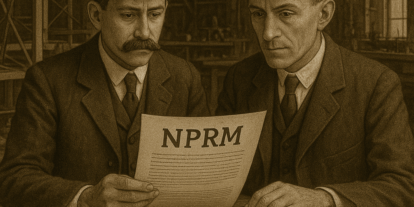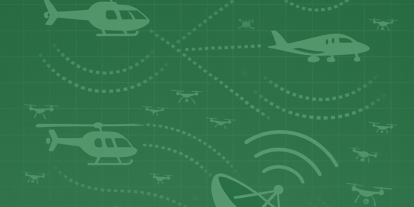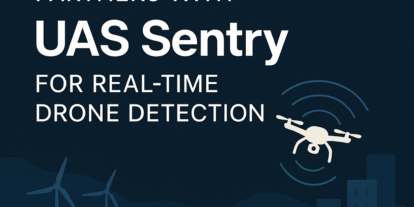Step 1 – Airspace and Authorizations
The first step is to check the airspace at the location from which you want to operate. Here, you are looking at whether or not your area of operation is in controlled airspace, because both recreational and commercial operators need prior authorization to operate in controlled airspace, which includes Class B, Class C, Class D, and Class E-2 airspace.
The easiest way to receive authorization is via LAANC, the FAA’s Low Altitude Authorization and Notification Capability. Kittyhawk is an approved LAANC UAS Service Supplier, so you can get LAANC via the Kittyhawk app. If you are in uncontrolled airspace, which includes Class G and every other type of Class E airspace (other than E-2), you will not need an airspace authorization.
Step 2 – Legal Launch and Land Location
The second step is to make sure the location from which the drone will launch and land during the proposed operation is one where you are legally able to do so. Earlier this month, Kittyhawk wrote a blog post discussing the differences between national airspace rules and state or local rules which may affect drone operations. For example, drone operators should be mindful of any signage about not flying drones or trespassing on property owned by a private entity or a public entity like a county, since property owners can control the ability to launch and land a drone from their property. .
Step 3 – Follow FAA Guidelines for Operating sUAS Near an Airport
The third step is to make sure that you are following FAA guidelines for operating sUAS near an airport. The FAA describes these guidelines in a document called an Advisory Circular. AC’s are issued by the FAA to provide guidance and information in a designated subject area or to show a method acceptable to the Administrator for complying with a related Federal Aviation Regulation. We recommend following these FAA guidelines to evaluate whether or not you should operate from a specific location near an airport.
Section 5.8.1 of this AC (AC 107-2) describes these guidelines, which are summarized below.
When operating in the vicinity of an airport, the remote PIC must:
Be aware of all traffic patterns and approach corridors to runways and landing areas
Avoid operating anywhere that the presence of the sUAS may interfere with operations at the airport, such as approach corridors, taxiways, runways, or helipads
Yield right-of-way to all other aircraft, including aircraft operating on the surface of the airport.
Lastly, the most important rule is that when operating any sUAS, especially near an airport, it is the responsibility of the operator to not interfere with airport operations and to yield right-of-way to all other aircraft. sUAS operations at or near any airport should not occur without a full understanding of what is required of you to safely operate there. Best practices include documenting safety, operational, and communication procedures, communicating with appropriate affected stakeholders, and ensuring that the airspace and launch/land location of your planned operation is safe, legal, and will not interfere with other aircraft.
Andrew Elefant
Andrew Elefant is the Director of Legal & Policy at Aloft, an enterprise drone software company. Andrew is a licensed attorney in California. He is also an experienced Private Pilot with Instrument and Multi-Engine ratings, as well as a certificated Remote Pilot.



